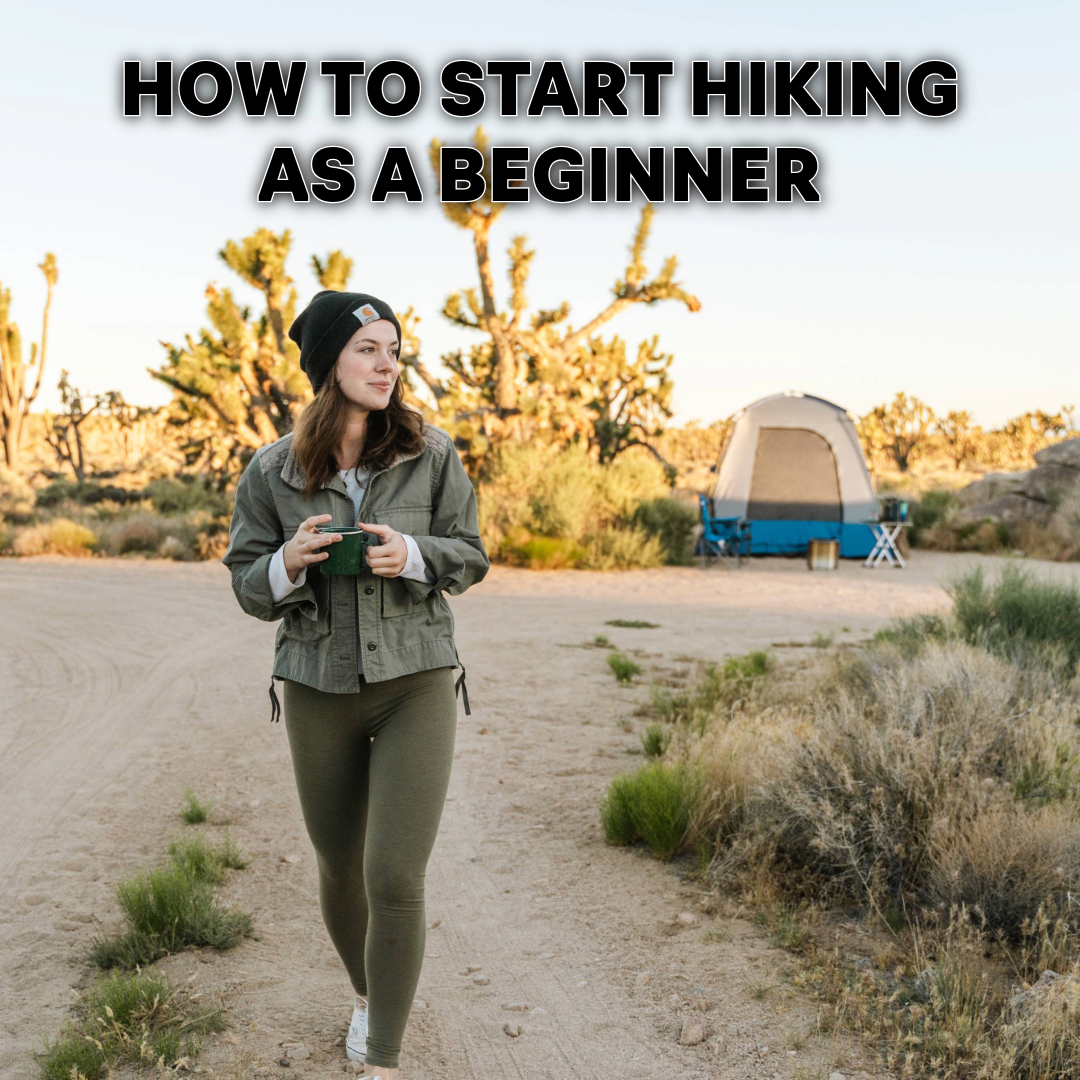How to Start Hiking as a Beginner

As we move further into Fall and we start to feel that crisp bite in the air, it may seem like it is time to hunker down for the coming Winter. However, Fall can provide some truly breathtaking scenery. With beautiful arrays of colorful forests and golden foggy sunrises from the low overnight temperatures – hiking in Autumn is definitely a sight to see. Not only will you get to discover some beautiful scenery, but hiking is a great low-impact way to get up, out, and moving during quarantine. If you are looking to lace up, here is our checklist on how to start hiking as an absolute beginner.

Evaluate Yourself
It’s important to be realistic during this. The experience is not going to be nearly as enjoyable if you’re gasping for breath the whole time or worse – find yourself stuck due to an injury from taking on too difficult of a trail. Hiking takes a lot more into account than just ‘walking’. Between elevation, hills, terrain, and added gear/clothing weight, most routes are going to be much more challenging than your standard sidewalk. A good rule of thumb is to evaluate how far you can comfortably walk in a paved setting and shave about 20% off. Obviously, there are some other variables to account for as well, for example if the trail is almost entirely hills, has very rough conditions, etc. We recommend taking on a trail you know you can handle to start and gradually take on more challenges once you have a feel for what you can handle/enjoy.
Get Packed
Anytime you find yourself separated from civilization it is important to prioritize safety. Remember to cover everything from accessories like cameras and batteries to safety precautions like first aid kits and flares. If you’re planning a day trip it’s also crucial to take weight into account. Packing all the accessories and safety gear in the world won’t do you any good if you can barely move with it! This is where it would pay off to have a Truck Tent. Pack all the safety supplies you need and just bring the essentials when you head out.

Keep an Eye on the Weather
Although it’s obvious not to head out in a storm, it’s important to look at past and future conditions. Excessive rains the past few days could have caused some flooding. Or if there’s freezing overnight temperatures you can pack thermal gear. We know it can be frustrating to have to reschedule plans, but it’s definitely better than getting caught in a thunderstorm, miles from the trail’s end.
Take Nothing but Pictures, Leave Nothing but Footprints
Once you’re planned, packed, and have clear weather ahead – the final thing to note on your trek is sustainability. In order for everyone to continue to enjoy your local trails, it is integral to avoid disrupting them. Don’t leave garbage or supplies behind or take anything as souvenirs. Doing this could upset the ecosystem in a number of ways. So let’s just enjoy the journey and work together to keep our outdoor spaces beautiful.

